Saylor PT Jupiter
561-529-2213
Saylor Physical Therapy Jupiter
Neck and
Back pain
Back and Neck Pain Therapy at Saylor PhysiCal Therapy Jupiter
Back pain can be one of the most debilitating kinds of pain. Most back pain is the result of muscle strain, poor posture, weakened bones and cartilage, a slipped disc, a pinched nerve, or stress and emotional upset are other causes.
Although it’s very uncomfortable and typically the most affected area is the lower back because it supports almost all of the body’s weight.
The back serves to support the body, allow movement and contributes to maintaining a stable center of gravity at rest, and more importantly, when in motion.
Physical therapy treats back pain with both passive and active treatments, stretching, strengthening, and low impact exercise. Your physical therapist will give you the tools to treat your dysfunctions and create your own customized treatment program.
We can help you with your back and neck pain.
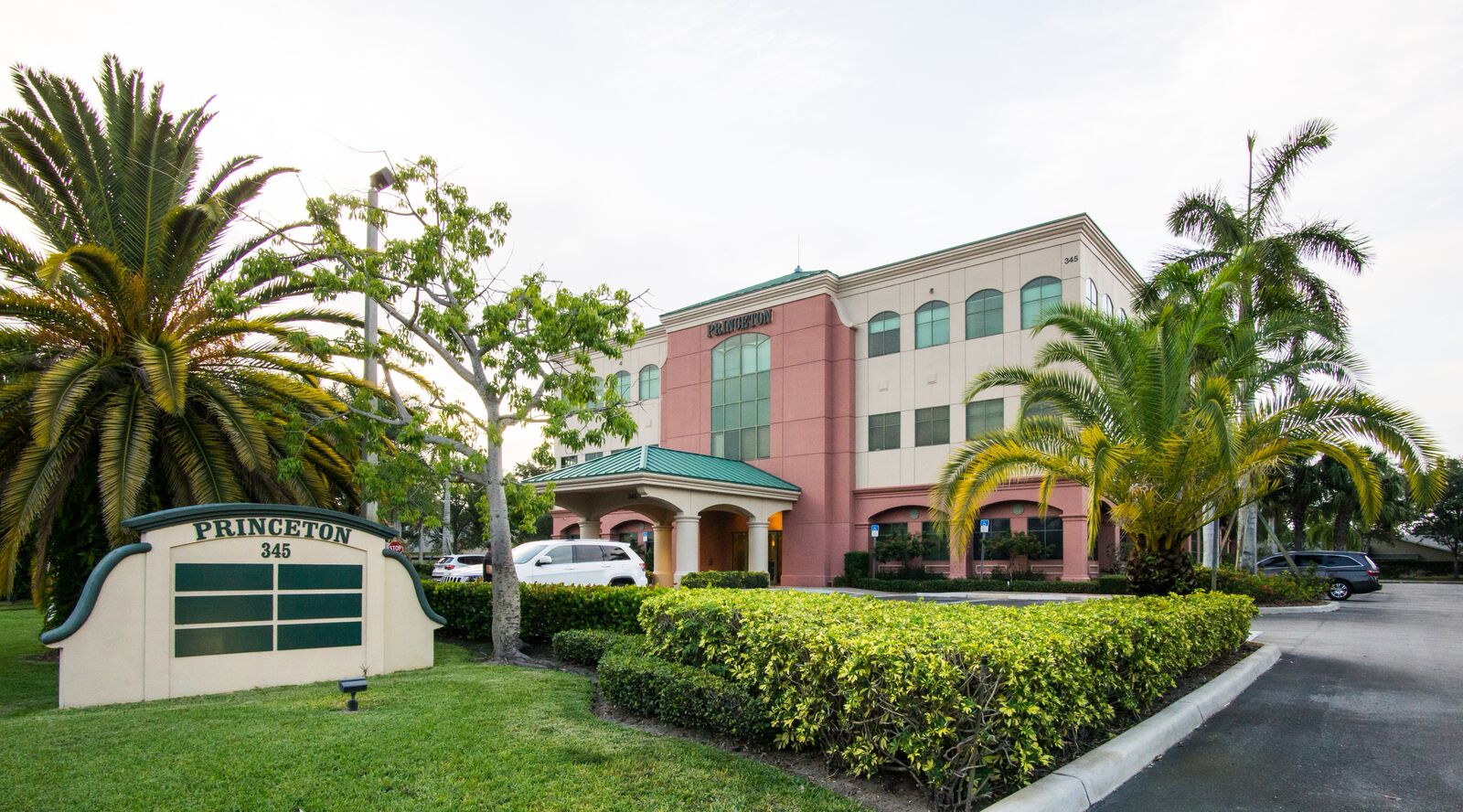
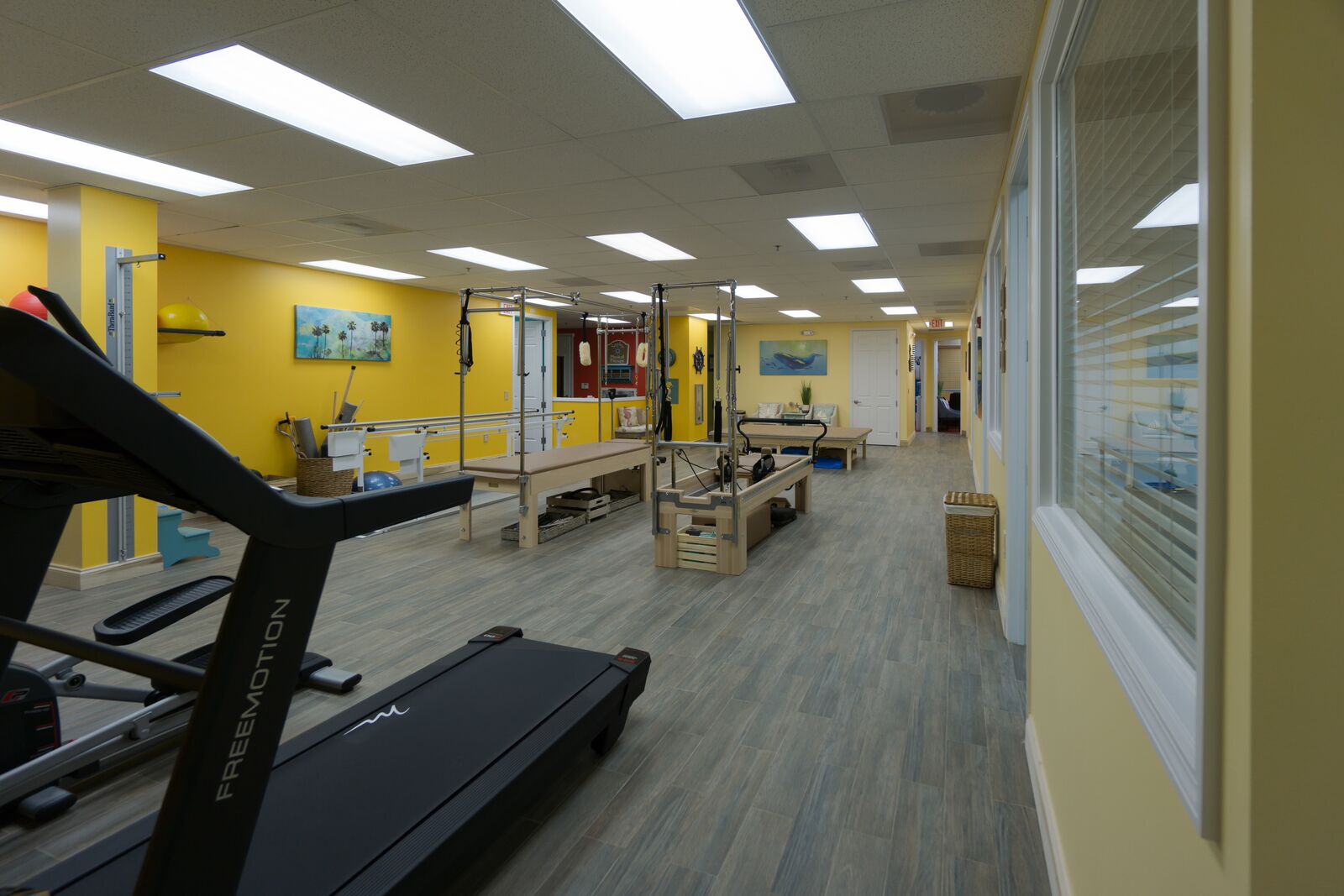
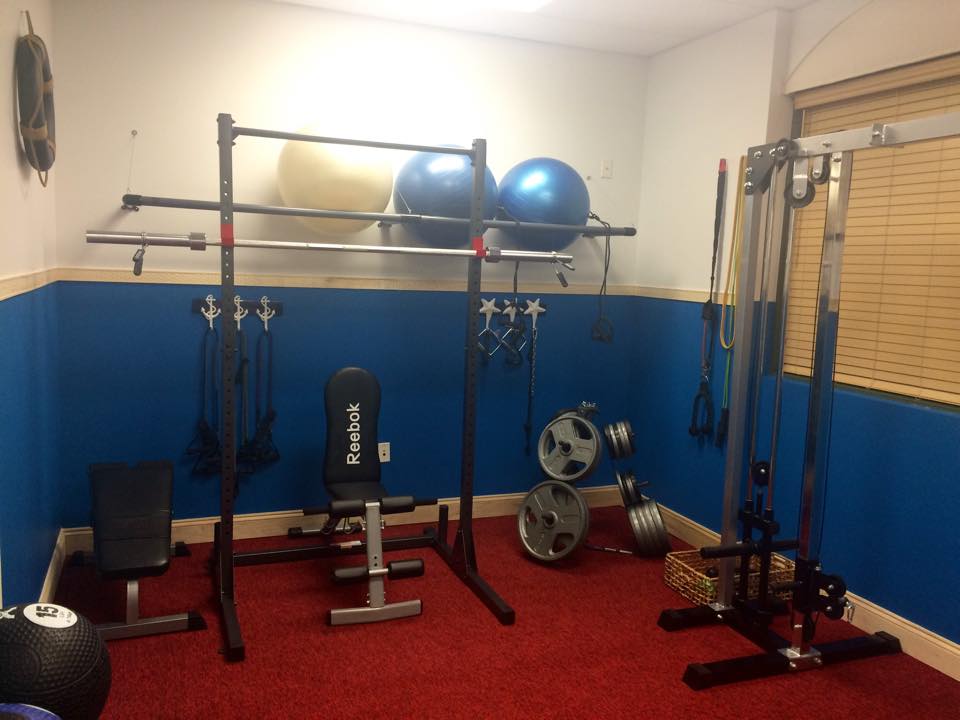
Neck and Back Pain Therapy in Jupiter
Schedule an appointment and we look forward to providing you with quality, individual, one-on-one care for one full hour.
Neck and Back Pain Issues :
- Low Back Pain
- Herniated & Bulging Disc
- Lumbar & Cervical Spinal Stenosis
- Lumbar & Cervical Radiculopathy
- Degenerative Disc Disease
- Sciatica
- Whiplash
- Bone Spur (Osteophytes)
- Scoliosis
- Low Back Pain
Low back pain can affect the back anywhere below the ribs and above the legs. The lower back is the connection between the upper and lower body, and it bears most of the body’s weight. Because of the role the lower body plays it is easily injured when you lift, reach or twist. Low back pain is usually caused by overuse, strain, injury
Back Pain Symptoms
Depending on the cause and severity, low back pain can cause an array of symptoms. It may:
- Be dull, burning or sharp.
- Be localized or dispersed over a broad area.
- Come on gradually or suddenly.
- Occur with muscle spasms or stiffness
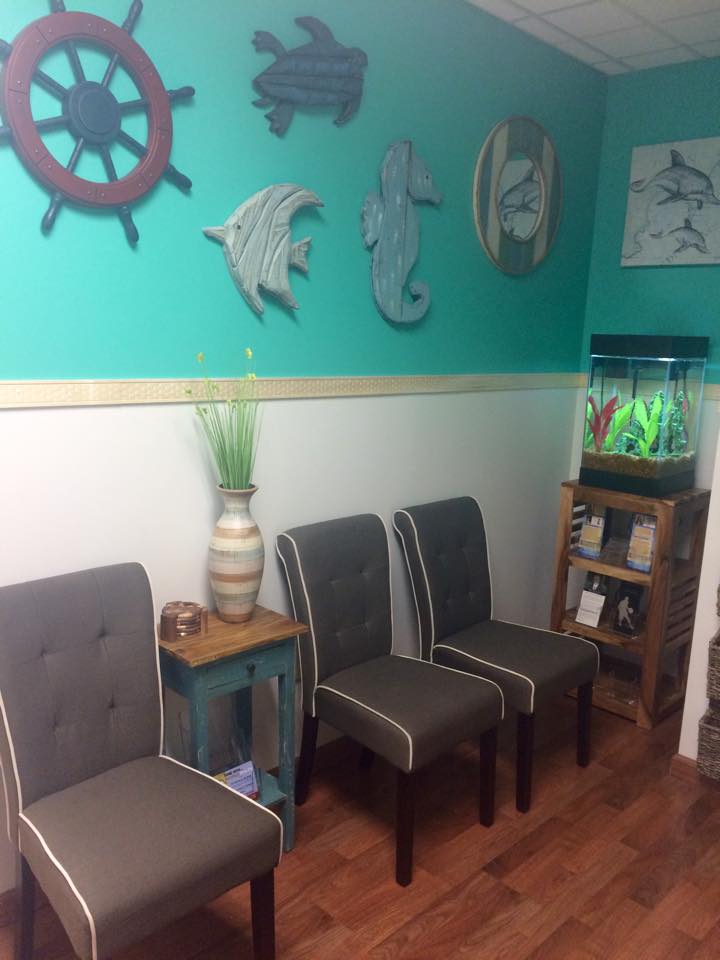
Schedule an appointment for your neck or back pain
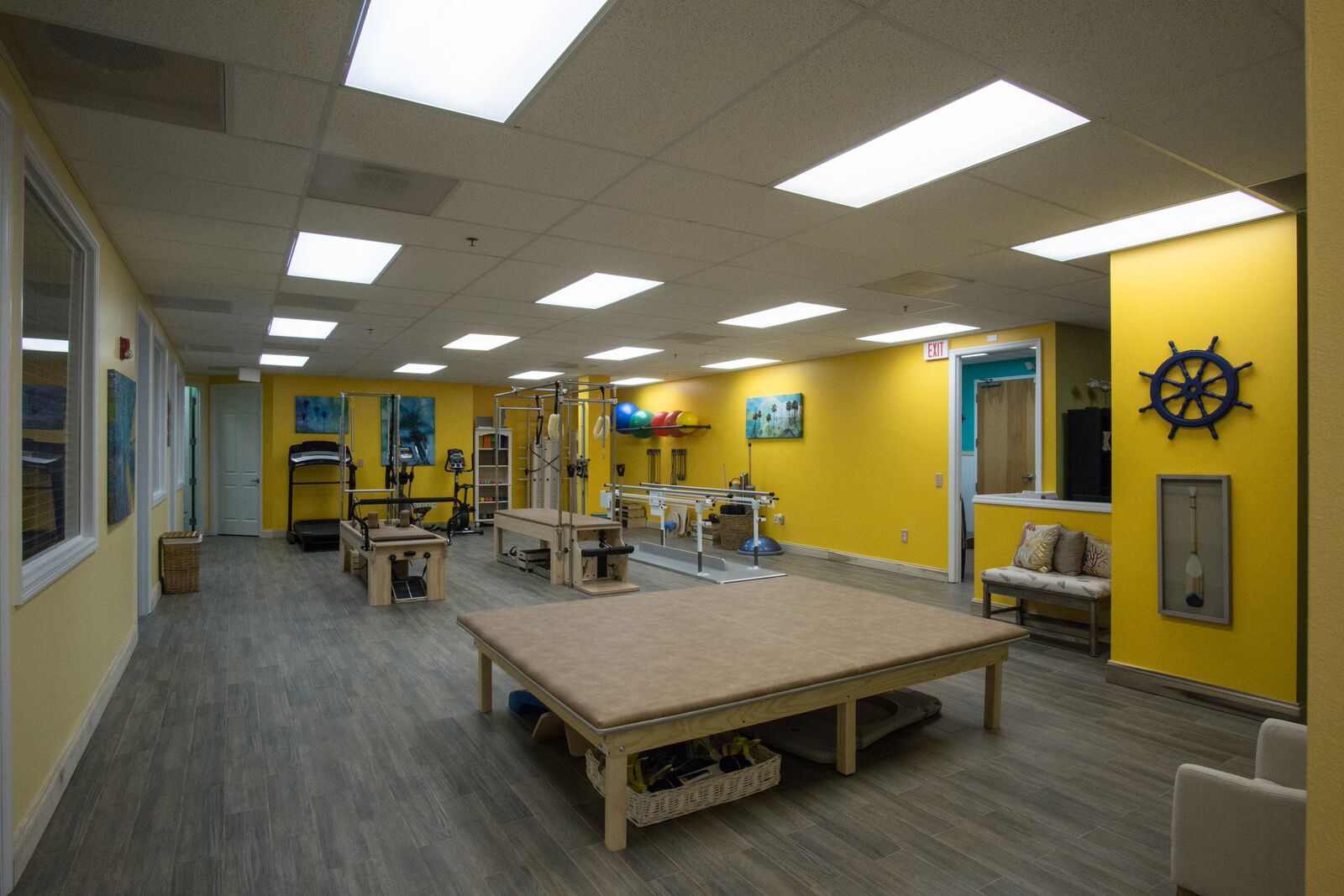
Back Pain Explained
Back pain is grouped into three categories:
- Acute if a spell of pain lasts less than 3 months.
- Recurrent if acute symptoms come back.
- Chronic if your back bothers you most of the time for longer than a 3 month period.
Back and Neck Pain Causes
Herniated & Bulging Disc
The vertebrae that form your spine are cushioned by small, spongy discs that act as shock absorbers for the spine. But when a disc is damaged it may bulge or break open. When the disc breaks open it is defined as a herniated disc. It may also be called a ruptured or slipped disc.
A bulging disc could be compared to a volcano prior to eruption and may be a precursor to herniation. The disc may protrude into the spinal canal without breaking open. The gel-like interior (nucleus pulposus) does not leak out. The disc remains intact except a small bubble pops out attached to the disc.
A herniated or bulging disc may be caused by age or injury to the spine. As we age our discs dry out and aren’t as flexible. Injury to the spine can cause the gel inside the disc to be forced out through tears or cracks in the outer layer of the disc causing the disc to bulge, break open or break into pieces.
Lumbar & Cervical Spinal Stenosis
Lumbar Spinal Stenosis is a narrowing of the spinal canal in the lower back, known as the lumbar area. This narrowing can squeeze and irritate the nerves that branch out from the spinal cord. This may cause pain, numbness, or weakness most often in the legs, feet
As people age the shape and size of the spinal canal also changes. For example:
- Connective tissue called ligaments gets thicker.
- Osteoarthritis leads to
growth of bony spurs that push on the spinal cord. - Discs between the bones may be pushed backward into the spinal canal.
- If the spinal cord or nerves become squeezed some common symptoms may include numbness, weakness, cramping, or pain in the legs, feet or buttocks. If the nerves are not being compressed or squeezed often there are no symptoms.
Cervical Spinal Stenosis
Cervical Spinal Stenosis is a narrowing of the spinal canal in the neck. The seven vertebrae between the head and chest make up the cervical spine. Squeezing of the nerves and spinal cord in the cervical spine can cause stiffness, pain, and numbness in the neck, arms
In mild to moderate cases of Lumbar & Cervical Spinal Stenosis, symptoms can be controlled with medicine to relieve pain, exercise to maintain strength and flexibility, and physical therapy.
Lumbar & Cervical Radiculopathy
Radiculopathy is a condition due to a compressed nerve in the spine that can cause pain, numbness, tingling or weakness
Degenerative Disc Disease
Degenerative disc disease is not really a disease but a term used to describe the normal changes in your spinal discs as you age. The discs act as shock absorbers for the spine and as we age our spinal discs break down, or degenerate, which may lead to degenerative disc disease.
Degenerative disc disease can occur throughout the spine but most commonly it occurs in the lower back (lumbar region) and the neck (cervical region). Some
Sciatica
The term sciatica is commonly used to describe pain traveling from the sciatic nerve in the lower back. The sciatic nerve is the largest nerve in the human body. Sciatica is a symptom caused by a disorder occurring in the lower back (lumbar spine). Sciatica pain can vary widely. It may feel like a mild tingling, dull ache, or a burning sensation. In some
The pain most commonly occurs on one side of the body and may be worsened after standing, sitting, sneezing, coughing, laughing, bending
Whiplash
Whiplash is a non-medical term describing a range of injuries to the neck following an injury to the soft tissues of your neck specifically ligaments, tendons
Whiplash often occurs after a motor vehicle accident, sporting activity or accidental fall. Whiplash can also be referred to as
Bone Spur (Osteophytes)
Bone Spurs or Osteophytes represent an enlargement of the normal bony structure in the neck or back. Bone spurs are a sign of spinal degeneration as we age. The presence of bone spurs does not necessarily mean that they are the actual cause of the patients back pain.
The term “bone spurs’” implies that these bony growths are poking some part of the spinal anatomy but in
Scoliosis
Scoliosis is a sideways curvature of the spine. There may be one curve (“C” curve) present or two curves (“S” curve). Approximately 2-3 million people have scoliosis and there is no cure for the problem. In most cases (approximately 80%), the scoliosis is idiopathic in nature, meaning there is no apparent cause. It affects all age groups and males as often as females.
Symptoms may include pain and fatigue and in severe cases, difficulty with breathing, digestion, and walking. Treatment typically consists of bracing for moderate curves and surgery for severe curves. Although there is little medical literature to prove the effectiveness of exercise for correction/improvement of a scoliosis curve, physical therapists are your best choice if you are looking for a customized exercise program for
Shoulder, Elbow, & Shoulder Therapy in Jupiter
Contact us for more information or to schedule your appointment today
Services at Saylor Physical Therapy Jupiter
Neck & Back
Pain
Shoulder, Elbow
& Hand Pain
Hip & Knee
Pain
Foot & Ankle
Pain
Sports Therapy &
Injury Therapy
Personal
Training
contact Saylor PT Jupiter
Get In Touch
new to Saylor PT Jupiter?
new patients
Address
Saylor PT Jupiter
345 Jupiter Lakes Blvd., Ste. 300,
Jupiter, FL 33458
Phone
P 561-529-2213
F 561-529-2544
Hours
Mon 7 am–7 pm
Tues 7 am–7 pm
Wed 7 am–7 pm
Thu 7 am–7 pm
Fri 7 am–7 pm
Sat Closed
Sun Closed
